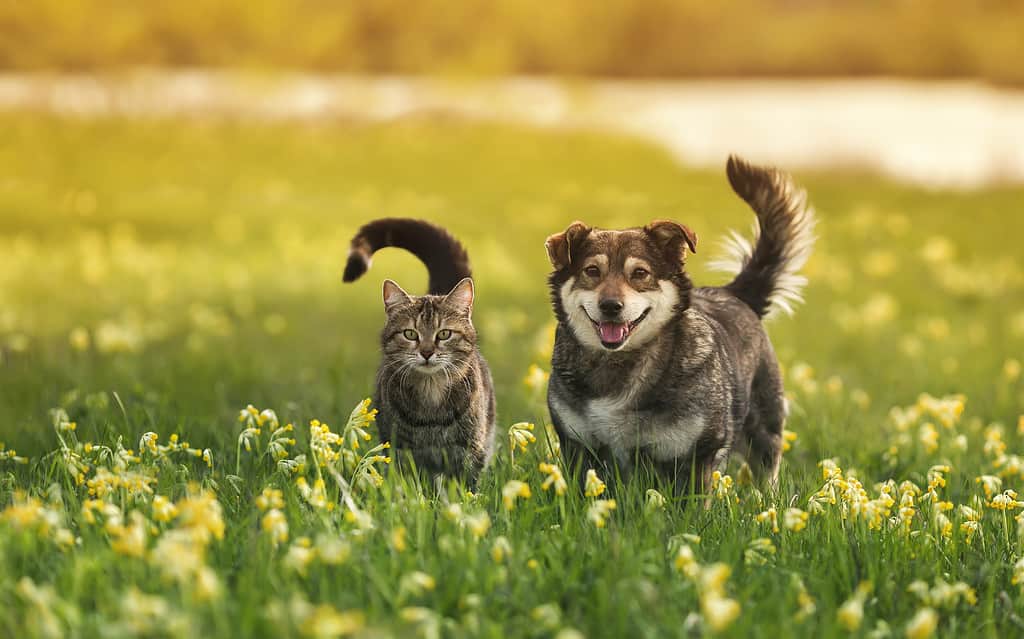
Cats and dogs form a mutual companionship that benefits each other’s mental and physical wellbeing.
©Nataba/iStock via Getty Images
It takes more than sharp teeth, claws, and unique defense mechanisms to survive in nature. Animals must learn to compromise and accept assistance from other species for protection. Some species require another species to survive and thrive, sometimes to the detriment of said species.
These relationships are easily found throughout the animal kingdom. We’ll provide a clear definition and examples regarding the different methods of animals working together in the wild.
Symbiotic Relationships

Bees collect pollen from flowers to make their hives, and flowers spread their pollen as the bees fly.
©nnorozoff/iStock via Getty Images
Symbiosis is the interaction between two different organisms living in close physical association. In most instances, symbiosis is mutually beneficial to both organisms, allowing each animal to thrive.
There are four types of symbiotic relationships:
- Mutualism: A mutualistic symbiotic relationship involves both organisms mutually benefiting from one another. Most smaller animals seek a larger predator to feed off of and clean, while the big predator accepts companionship and removal of vermin or parasites.
- Commensalism: With commensalism, one organism benefits, and the other is neither enhanced nor harmed. This relationship only benefits one organism without affecting the other positively or negatively.
- Parasitism: In a parasitic relationship, one organism benefits, while the other organism is actively harmed. These parasites will infect, drain, or potentially kill their host to sustain themselves and reproduce.
- Competition: With a competitive relationship, every organism competes against each other. These animals are always competing for shared prey or territory.
Animals with Mutualistic Relationships
Animals living in a mutualistic relationship both benefit from each other. For example, domestic dogs and cats have a mutualistic relationship with humans because animals provide humans with unconditional love, companionship, and sometimes protection, while animals get shelter, food, and equal companionship.
In the wild, it is common for different species to interact to form mutualistic relationships.
Clownfish and Anemones
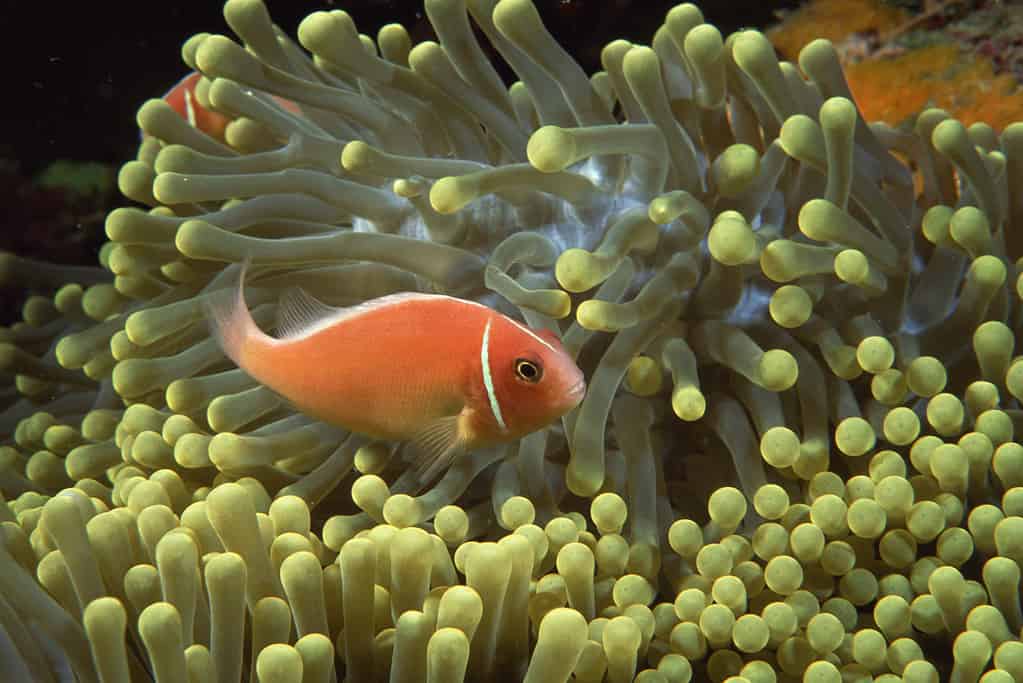
Sea anemone stings are meant to paralyze and stun fish, but some variants can be dangerous to humans.
©© Getty Images/Stockbyte via Getty Images
The 2003 Disney and Pixar movie Finding Nemo explains that a clownfish and sea anemone live together peacefully, despite the anemone being capable of stinging the fish at any time.
Clownfish feed on algae, zooplankton, and small crustaceans, which they share with the anemone. Sea anemones do not move, so having a companion to bring it algae and other nutrients is beneficial.
In turn, the sea anemone protects the clownfish from predators by allowing it to live in its tentacles without being stung.
Egrets and Water Buffalo
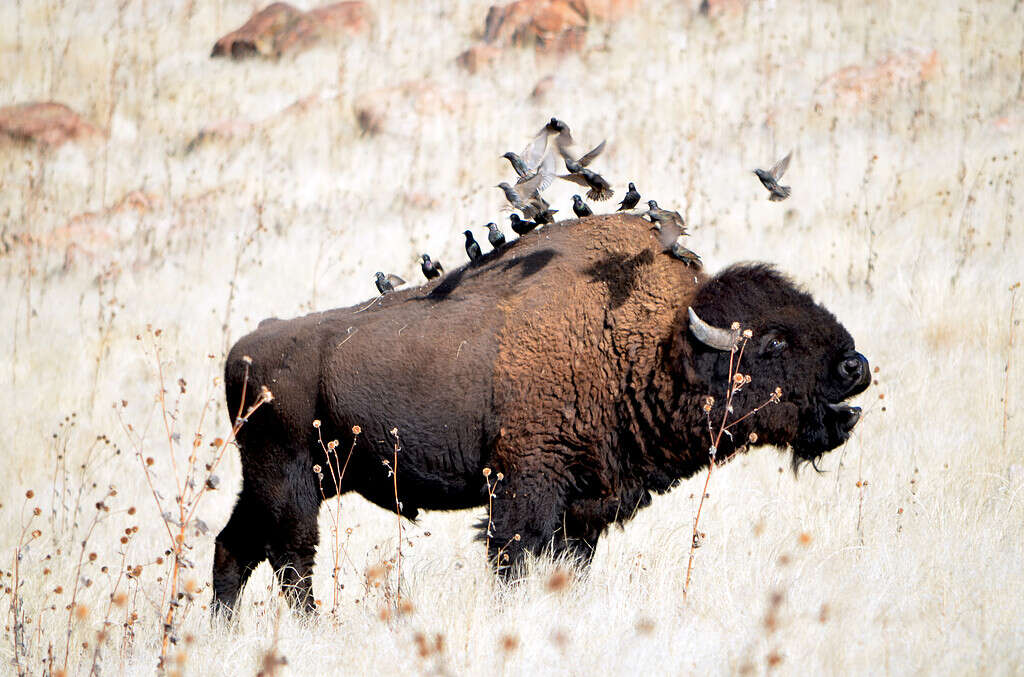
Buffalo
and birds get along well. Birds get a free meal and ride while the buffalo gets free pest control.
©ahansenoutdoors/iStock via Getty Images
Large mammals like buffalo and bison attract annoying insects and parasites that feed on their blood and dead skin cells. Buffalo cannot protect themselves from these pesky pests, which is why they seek aid from other animals like the egret.
Egrets sit on a buffalo’s back and feed on the insects. The buffalo has a lower chance of catching a lethal disease from tick or insect bites. In turn, buffalos protect the egrets from predators like hawks or coyotes.
Sharks and Remora
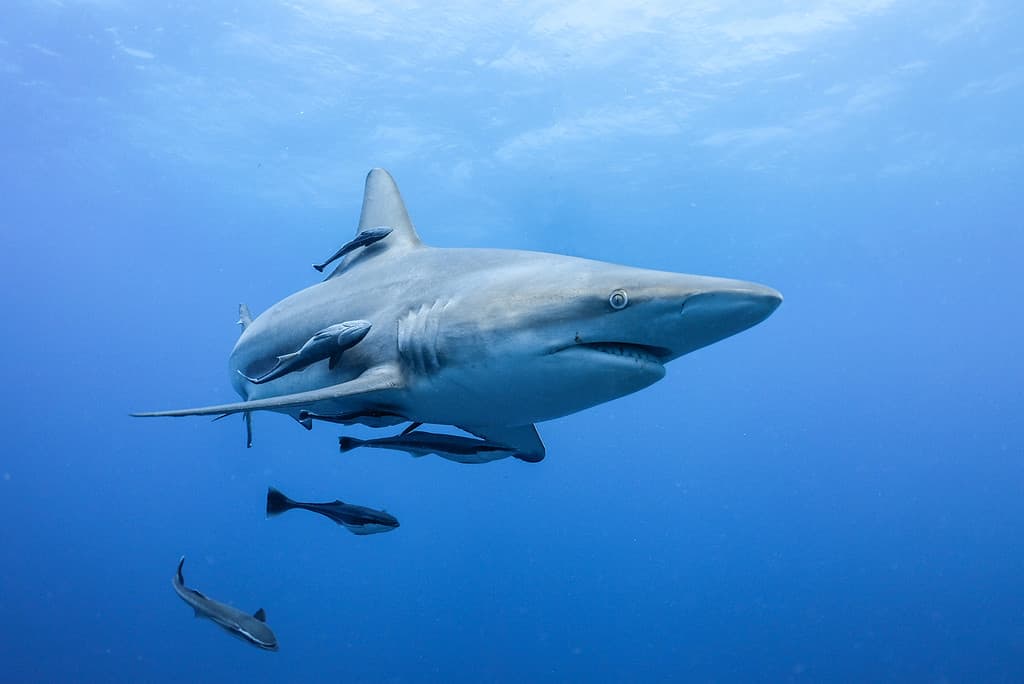
Remoras are also known as suckerfish because they stick to the sides of larger fish.
©Ryan Cake/iStock via Getty Images
Sharks are one of the most perfect predators in nature, but they too are vulnerable to parasites and disease. Remoras are willing to aid the sharks, benefiting both species. It is quite common to find pictures of sharks swimming in the ocean with one or more remora swimming alongside its fins.
Remora swims alongside sharks, feeding on excess scraps and parasites latching onto the shark’s cartilage. Sharks allow the remora to feed because it strengthens the larger animal’s cartilage.
Crocodiles and Plovers
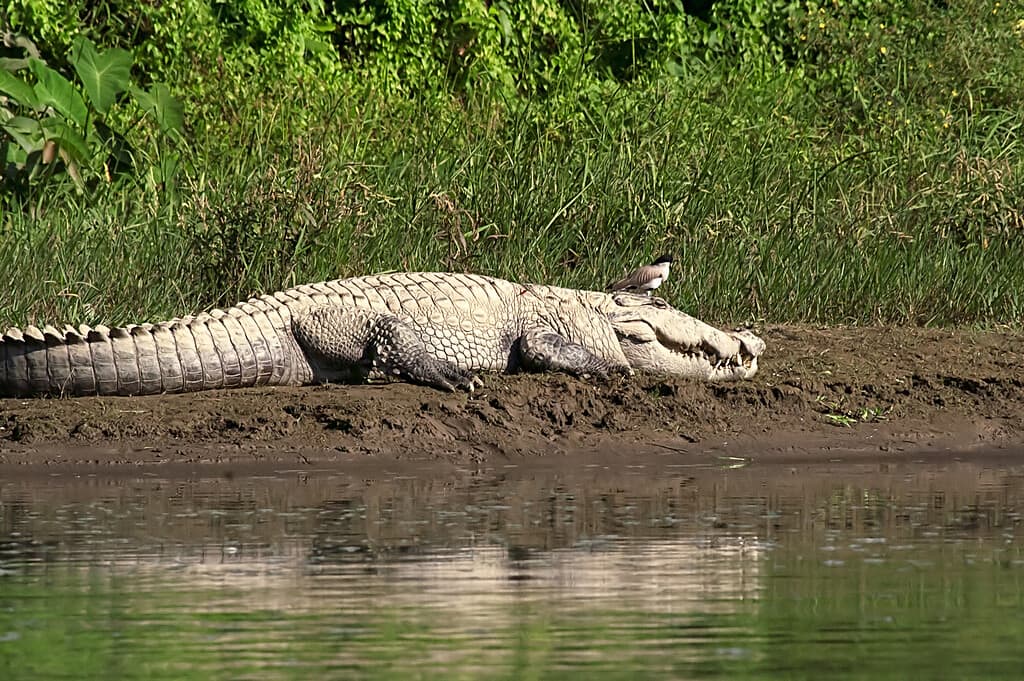
Birds may sit on top of crocodiles in the water, knowing they are safe from attack.
©Gelia/iStock via Getty Images
Crocodiles have one of the strongest bite forces in the entire animal kingdom. However, the plover is not afraid of crocodiles or their impressive bite force because they are one of the few animals allowed to enter a croc’s mouth without being eaten.
Plovers land inside a crocodile’s large mouth, picking out food and other gunk between the croc’s teeth for a free meal. Crocodiles allow the plover to clear their scraps because it keeps their teeth healthier for longer periods of time. A crocodile can regrow their teeth when one falls out, but they know the value of good dental hygiene.
Ostriches and Zebras
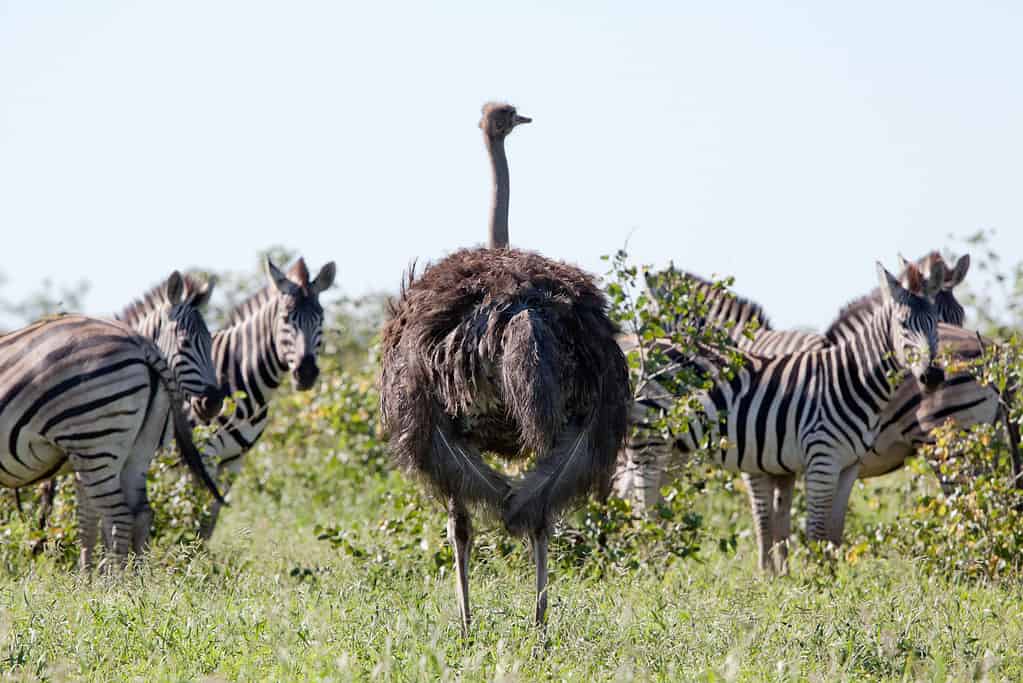
Zebras and ostriches share a similar black-and-white color scheme, which confuses predators.
©petrzurek/iStock via Getty Images
Surviving the African savannah is dangerous with the constant threat of lions, hyenas, jaguars, and crocodiles around every corner. Ostriches and zebras found a unique method of protecting each other.
Ostriches have an excellent sense of smell, but poor eyesight. Meanwhile, zebras have excellent eyesight, but a poor sense of smell. By staying together, zebras act as eyes for the ostrich, while the ostrich smells predators on behalf of the zebra. When a predator is detected due to these combined senses, they flee together and allow the zebra’s patterns to disorient predators from an easy catch.
Animals with Commensalism Relationships
Commensalism is a method of one animal benefiting, and the other being neutral. It allows a pleasant state of community where animals can casually interact without anyone being harmed.
Whales and Barnacles
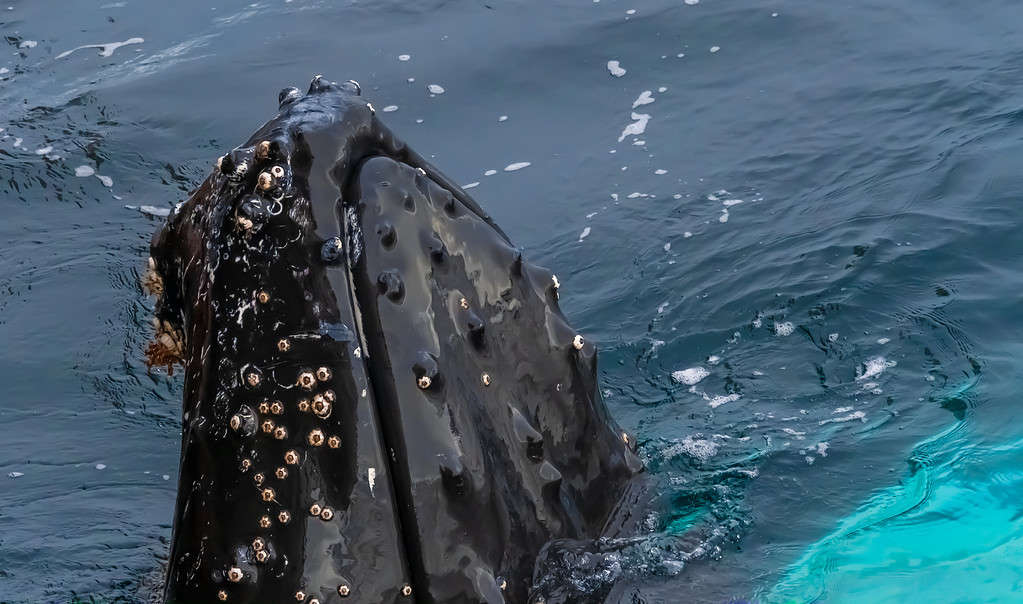
Barnacles can become detrimental to whales. Too many cause the whale to exert more power to move.
©Leamus/iStock via Getty Images
Whales are majestic, slow-moving sea mammals that mind their own business across the vast oceans.
Barnacles love slow-moving objects and will attach themselves to the bottom of whales and ships to feed on plankton.
The whales do not mind the barnacles latching onto their bodies because it does not affect them. Barnacles get ample chances to feed on plankton and a free ride through the oceans.
Birds and Trees
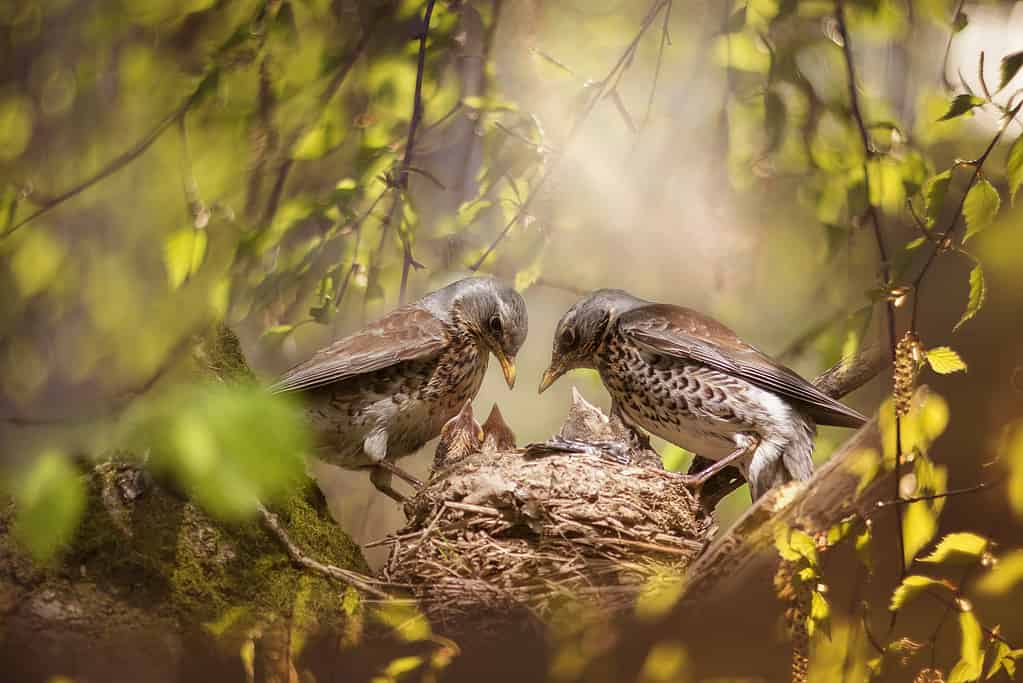
Trees are neutral parties to birds, squirrels, and other tree-dwelling animals that need food and shelter.
©Nataba/iStock via Getty Images
Everyone knows that birds build nests in trees to lay their eggs. They grab twigs, branches, leaves, and assorted mosses to make the nest soft, warm, and comfortable while the bird waits for the eggs to hatch.
The trees are not harmed while the birds are building their nests. Birds use branches already fallen off the trees and build nests on strong branches that will not break.
Additionally, birds have a safe place away from predators lurking on the ground or above the clouds. Predators like hawks have a harder time dive-bombing birds in a tree because the risk of hitting a branch by accident is high.
Scavengers and Apex Predators
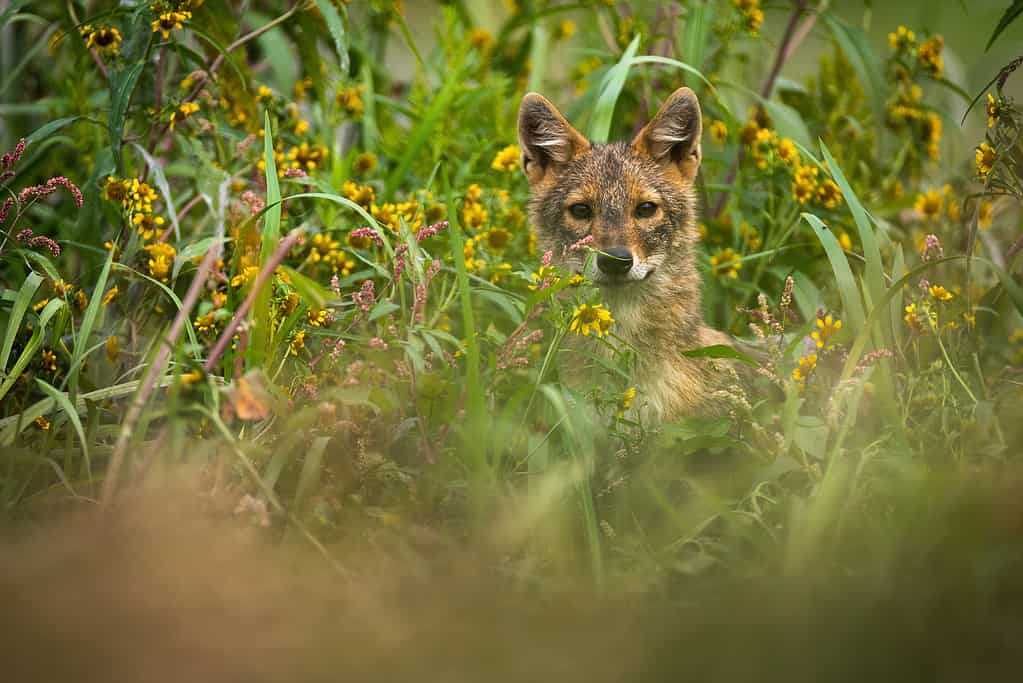
Golden jackals can hunt for their own food, but following predators can be much easier.
©JMrocek/iStock via Getty Images
Scavengers are a type of carnivore that eats rotting or decaying meat. Animals like hyenas, jackals, and bears will scavenge for food from other predators or garbage cans for a free meal.
Golden jackals adopted the methodology of “working smarter, not harder.” They are opportunistic predators, seizing a chance for food whenever it arises. These jackals will watch larger predators kill a bigger target, wait for the predator to finish eating, and then rush to eat the leftovers. This way, they get a free meal without wasting any energy hunting.
Animals with a Parasitic Relationship
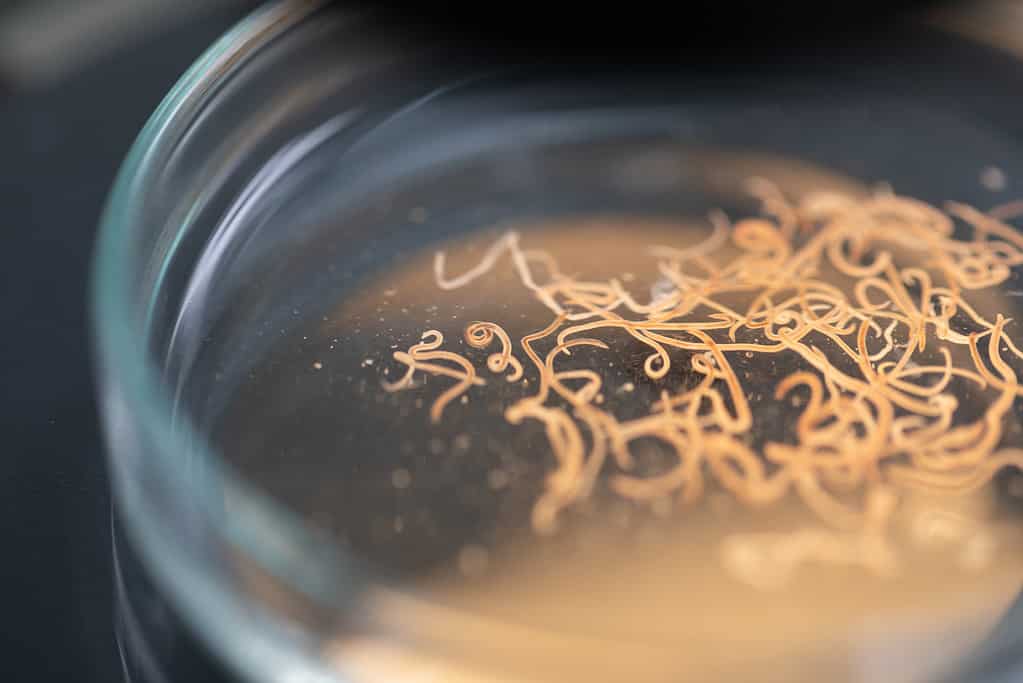
Roundworms feed off the intestines of large animals and requires specific medication to remove them.
©Sinhyu/iStock via Getty Images
Parasites are harmful organisms that actively drain and feed off a host organism. These creatures can infect their hosts with diseases or actively suck their blood, causing anemia and leaving them susceptible to infections and weakness.
Overall, there are four types of parasitic organisms:
- Ectoparasites: These parasites are organisms that live on the skin and feed off the host. Ectoparasites like fleas, ticks, leeches, and lice all eat off animals by draining blood through the skin.
- Endoparasites: These parasites live inside the host, absorbing nutrients to sustain itself. These can range from worms (like tapeworms), to bacteria, or viruses.
- Brood Parasites: These parasites do not directly hurt the organism but harm the species in general. Brood parasites will replace the offspring of one organism with their own. Birds like the cuckoo and cowbird may remove one or several of a host bird’s eggs to reduce suspicion of nest tampering.
- Hyperparasites: A hyperparasite is a parasite living within another parasite. Organisms like fungi (blight) and worms live inside insects like ticks and fleas, which require larger hosts to grow.
Animals with Competitive Relationships
Technically, every animal is always competing to survive in the wild. A few animals do not benefit or hurt each other, and simply compete for food and territory in the ecosystem.
Wolves and Bears
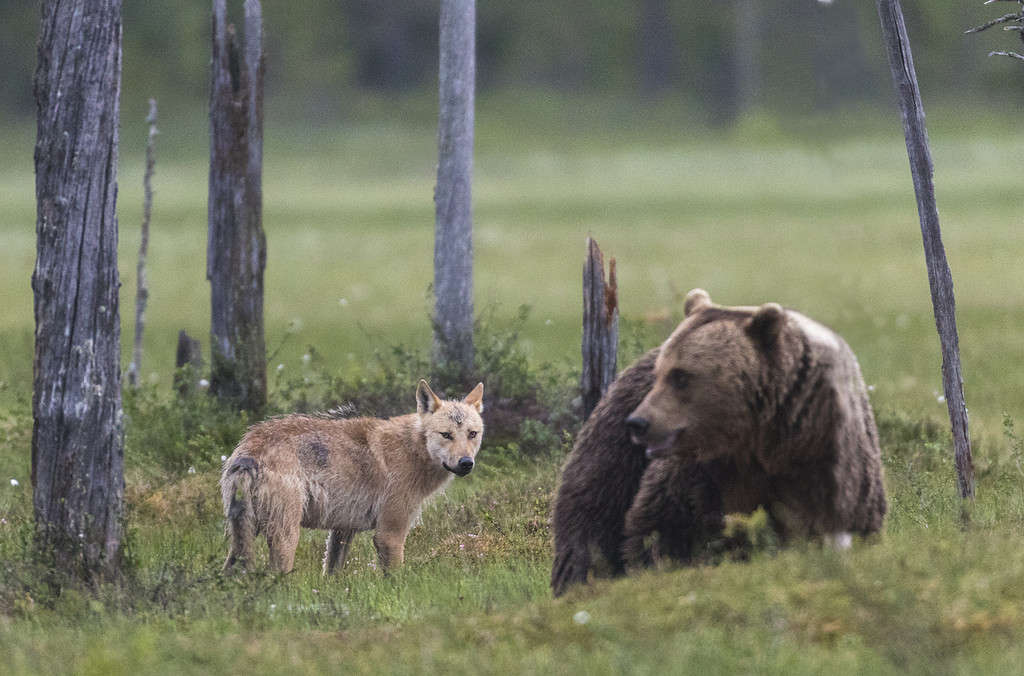
Typically, wolves and bears do not fight because of the high risk of injury to one or both parties.
©Mats Lindberg/iStock via Getty Images
Both bears and wolves feed on rodents, deer, and assorted small animal prey. Many species occupy the same regions, causing minor disputes over territory. They do not actively engage in fighting one another because an injured wolf is easy prey for a bear, and a wounded bear is prey for a pack of healthy wolves. Instead, they respect each other and compete to get their prey first.
Scavengers
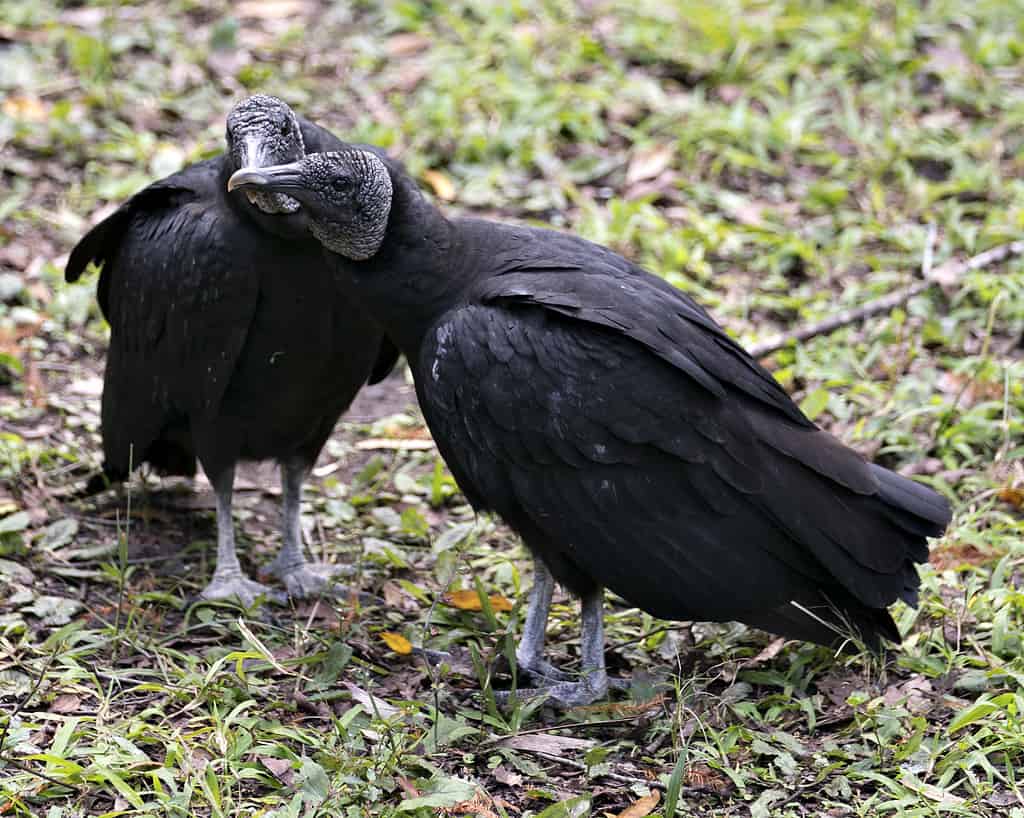
Vultures will signal by flapping their wings to inform other vultures it is safe to descend and eat.
©iStock.com/Rejean Bedard
Some scavengers may eat meals together if the target is large enough. However, they may compete for drinking space near a freshwater source. Places like deserts or savannahs may have infrequent amounts of fresh water available, making any water found a precious resource.
Crocodiles and Hippos
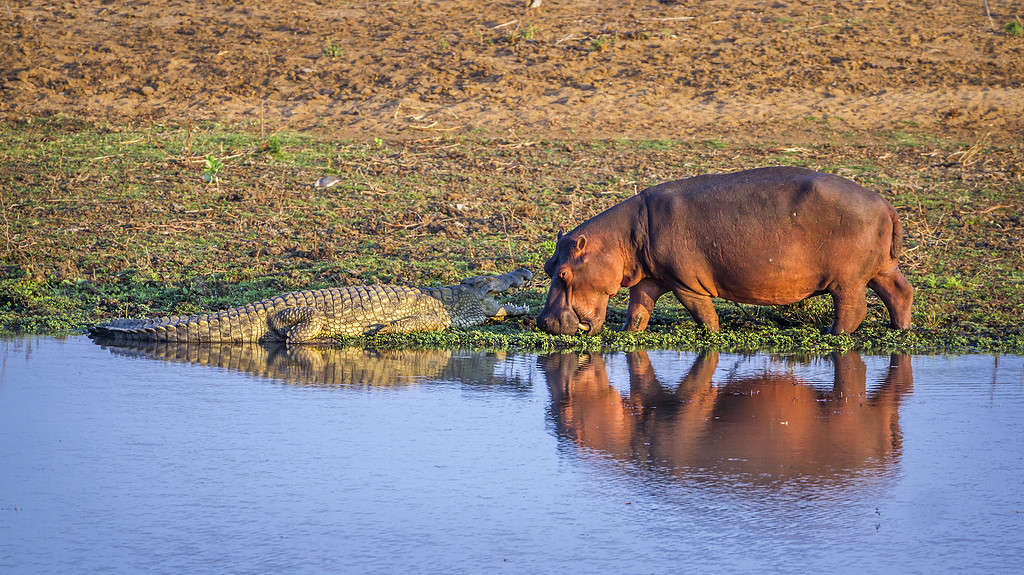
Hippos are highly aggressive animals, capable of killing crocodiles and deer in their powerful jaws.
©Utopia_88/iStock via Getty Images
Crocs and hippos may compete for space along the river. Hippos are much larger, heavier, and more aggressive than crocodiles, capable of muscling them out of position for better places to soak along the riverbanks. However, crocodiles may sneak their way around hippos to have better striking locations when prey come to the riverbank to drink.
Summary of Symbiotic Relationships
| Symbiotic Relationship | Definition | Example |
|---|---|---|
| Mutualism | Both animals benefit from direct interaction | Humans + dogs and cats Clownfish + anemone |
| Commensalism | One animal benefits and the other is neither better nor worse | Birds + trees Whales + barnacles |
| Parasitism | One animal benefits while the other is actively harmed | Fleas, ticks, leeches, tapeworms, viruses, blight, fungi |
| Competition | Everyone competes for everything | Wolves vs bears Crocodiles vs hippos Lions vs hyenas |
The photo featured at the top of this post is © slowmotiongli/iStock via Getty Images
Thank you for reading! Have some feedback for us? Contact the AZ Animals editorial team.






